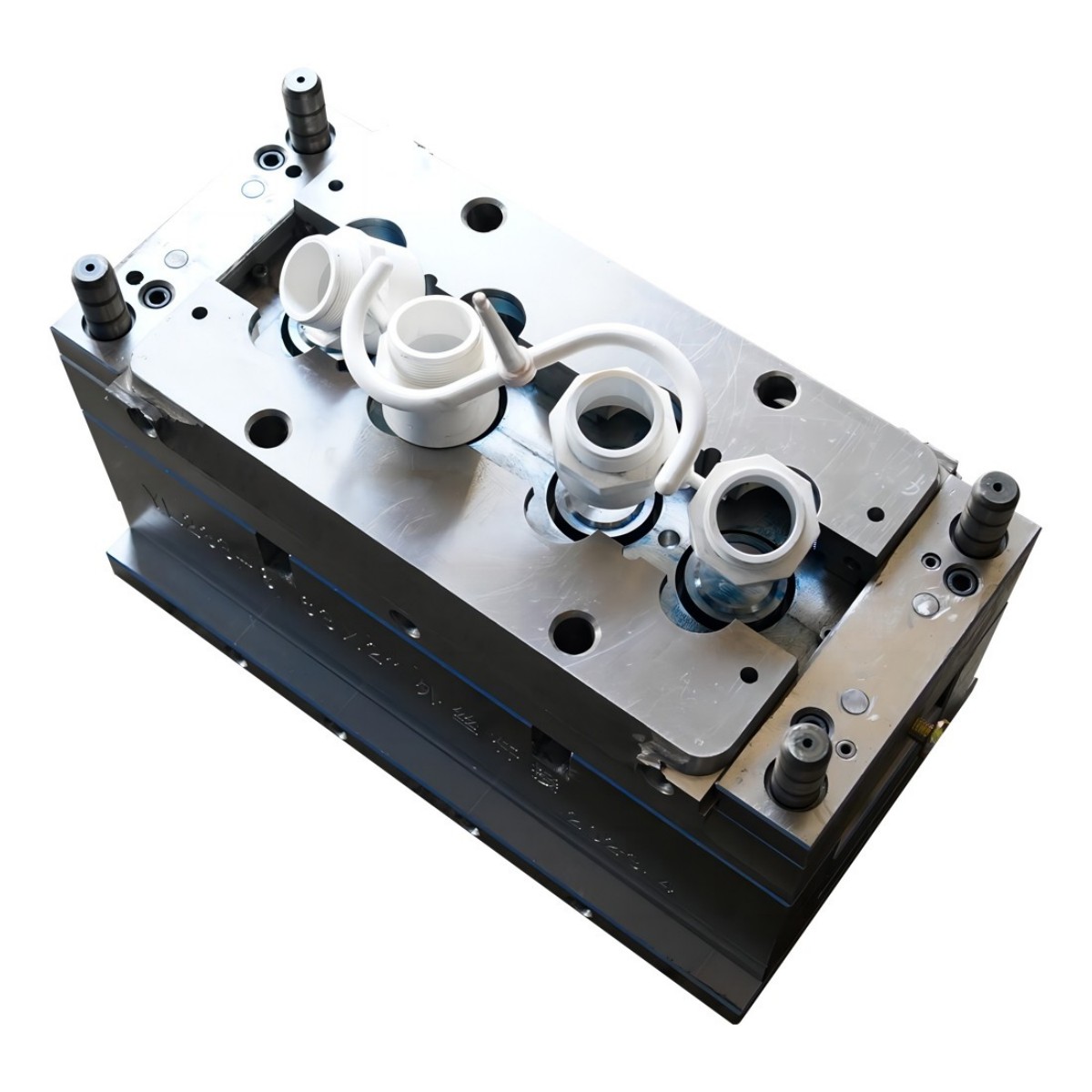Injection molding, also known as Injection molding, is a molding method that combines injection and molding. The advantages of Injection molding method are fast production speed, high efficiency, automated operation, multiple colors and varieties, shapes from simple to complex, sizes from large to small, and precise product size. The product is easy to update and can be made into complex shaped parts. Injection molding is suitable for large-scale production and processing of complex shaped products.

The factors that affect Injection molding are as follows:
1. Injection pressure
The injection pressure is provided by the hydraulic system of the Injection molding system. The pressure of the hydraulic cylinder is transmitted to the plastic melt through the screw of the Injection molding machine. Under the push of pressure, the plastic melt enters the vertical channel (also the main channel for some molds), main channel, and branch channel of the mold through the nozzle of the Injection molding machine, and enters the mold cavity through the gate. This process is called the Injection molding process, or filling process. The existence of pressure is to overcome the resistance during the flow process of the melt, or conversely, the resistance during the flow process needs to be offset by the pressure of the Injection molding machine to ensure the smooth progress of the filling process.
During the Injection molding process, the pressure at the nozzle of the Injection molding machine is highest to overcome the flow resistance of the melt throughout the entire process. Afterwards, the pressure gradually decreases along the flow length towards the front end of the melt wavefront. If the exhaust inside the mold cavity is good, the final pressure at the front end of the melt will be atmospheric pressure.
There are many factors that affect the filling pressure of the melt, which can be summarized into three categories: (1) material factors, such as the type and viscosity of the plastic; (2) Structural factors, such as the type, number, and location of the pouring system, the shape of the mold cavity, and the thickness of the product The process elements of molding.
2. Injection molding time
The Injection molding time referred to here refers to the time required for the plastic melt to fill the mold cavity, excluding auxiliary time such as mold opening and closing. Although the Injection molding time is short and has little impact on the molding cycle, adjusting the Injection molding time plays a significant role in controlling the pressure of the gate, runner, and cavity. Reasonable Injection molding time is helpful for ideal filling of the melt, and it is of great significance for improving the surface quality of the product and reducing dimensional tolerances.
The Injection molding time is much lower than the cooling time, about 1/10 to 1/15 of the cooling time. This rule can be used as a basis for predicting the total molding time of plastic parts. When conducting mold flow analysis, the injection time in the analysis results is only equal to the injection time set in the process conditions when the melt is completely filled into the mold cavity by the rotation of the screw. If the pressure holding switch of the screw occurs before the cavity is filled, the analysis result will be greater than the set process conditions.
3. Injection molding temperature
Injection temperature is an important factor affecting injection pressure. The Injection molding machine barrel has 5-6 heating stages, and each raw material has its appropriate processing temperature (detailed processing temperatures can be found in the data provided by the material supplier). The Injection molding temperature must be controlled within a certain range. Low temperature leads to poor plasticization of the melt, affecting the quality of the molded parts and increasing the difficulty of the process; The temperature is too high, and the raw materials are prone to decomposition. In the actual Injection molding process, the injection temperature is often higher than the barrel temperature, and the higher value is related to the injection rate and material properties, up to 30 ℃. This is due to the high heat generated by the shear of the molten material passing through the injection port. There are two ways to compensate for this difference in mold flow analysis: one is to measure the temperature of the molten material during air Injection molding, and the other is to include the nozzle in the modeling process.

4. Holding pressure and time
At the end of the Injection molding process, the screw stops rotating and only advances forward, and the Injection molding enters the pressure holding stage. During the pressure holding process, the nozzle of the Injection molding machine continuously replenishes the cavity to fill the empty volume caused by the shrinkage of the parts. If the cavity is not filled with pressure, the workpiece will shrink by about 25%, especially at the ribs where shrinkage marks may form due to excessive shrinkage. The holding pressure is generally around 85% of the maximum filling pressure, but it should be determined according to the actual situation.
Post time: Dec-19-2024